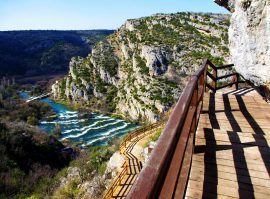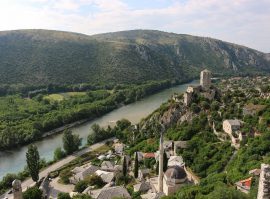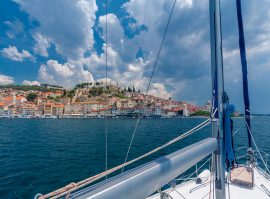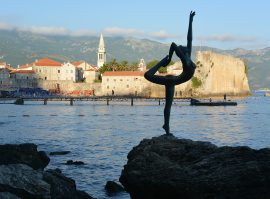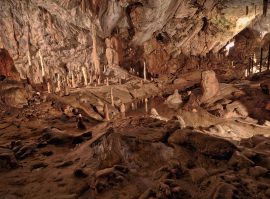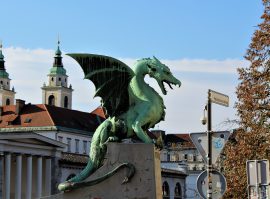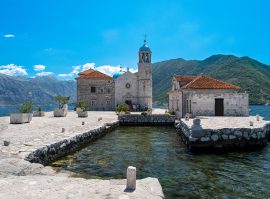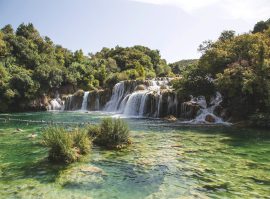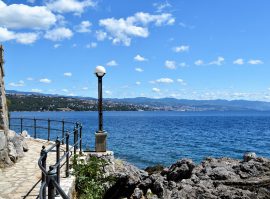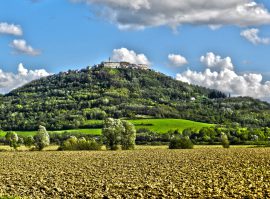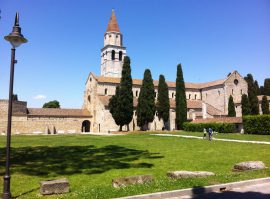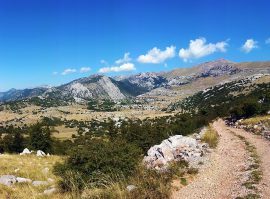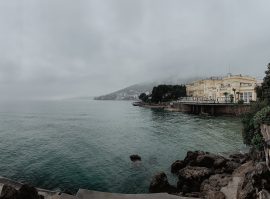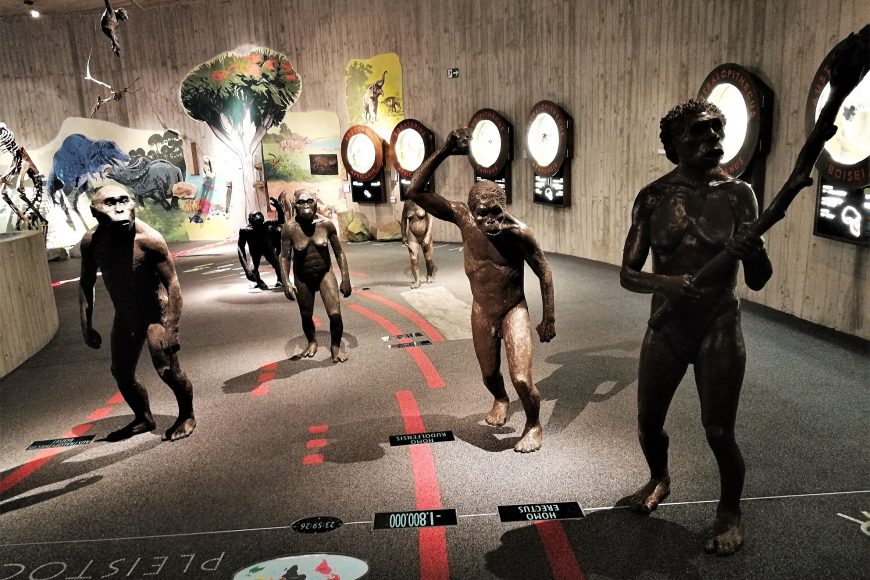
The Story of the Krapina Neanderthal
Neanderthals, a species or subspecies of the archaic human which became extinct about 40.000 years ago, represent a magical and mystical idea of the prehistoric people of Europe. Closely related to modern humans, they are one of the many secrets of the beginning of our species. Remains left by them include bone and stone tools, found in Eurasia, from Western Europe to Central and Northern Asia, but who were really those people who lived between 30.000 and nearly 300.000 years ago?
Having asked myself the same question multiple times, I decided to do some research and discovered the perfect place to look for answers – The Krapina Neanderthal Museum in the town of the same name!
A visit to this recently renovated museum, originally opened in 2010, opened my eyes to how the 19th century science discovered and interpreted the original findings, as well as to what we know about the Stone Age people who used to hunt for rhinoceros in this area 125.000 years ago, now, and all in a very specific and realistic way of presenting the topic.
The authors of the Neanderthal project – paleonthologist Jakov Radovcic and architect Zeljko Kovacic, worked hard to paint us a picture for a better understanding of the Neanderthals and the museum exhibitions today is set up as a time machine through the history of the Universe, the Earth and mankind, leading up to the present day, with a special emphasis on the Neanderthal period.
Located near the world famous site of Krapina Neanderthals ”Husnjakovo”, the museum presents a unique visiting complex whose architecture evokes the habitat of the prehistoric man – the semi-cave, its volume, proportions and the front are a result of the analysis done on the appearance of the ancient Krapina semi-cave – one that collapsed and no longer exists.
From the second I entered this fascinating building, I set out on a multimedia journey back to the time of the Neanderthals and the beginnings of our species, entering the virtual semi-cave of the Stone Age people, which offers the Museum’s representation of the ancient past.
From there on, I embarked on a true learning adventure about prehistoric times – from the picturesque representation of the town of Krapina at the end of the 19th century to the historical network of development of European science.
Some of the most memorable highlights are without a doubt the double helix of life and a big map showing the Krapina findings, as well as other Neanderthal places of discovery around the world.
At the end of my journey through this exciting part of the history of mankind, I must say – the Krapina Neanderthal Museum is certainly worth seeing. There is something exciting and interesting for all age groups, genders and people of various interests. Definitely deserves its place on the must-see list of all the eager-to-learn world travellers!
